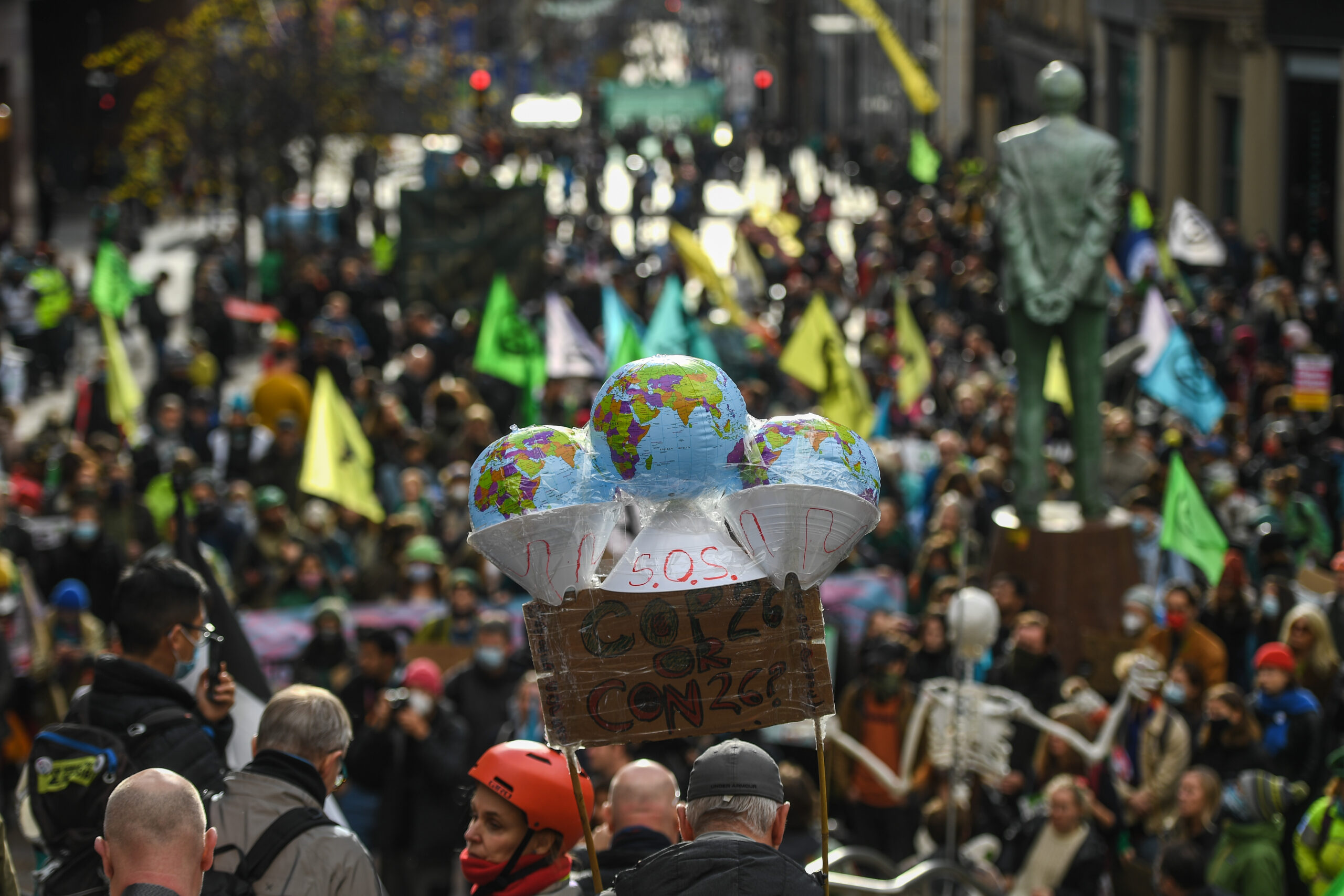Environmental groups have shared details of planned demonstrations across the UK during the COP26 summit in Glasgow between 31 October and 12 November.
This assessment was issued to clients of Dragonfly’s Security Intelligence & Analysis Service (SIAS) on 25 October 2021.
Some of these are likely to attract tens of thousands of people, and all will probably pass off peacefully. But smaller decentralised actions are also highly likely across Glasgow on the sidelines of the main events. Most will probably be announced at short or no notice, making it difficult for the authorities and targeted organisations to prepare in advance.
Activists seem intent on causing non-violent disruption to the summit and to movement in Glasgow more broadly, in our analysis. Probable blockades on roads and public transport, added to road closures announced by the authorities (see here for a full list), are highly likely to affect travel in and out of Glasgow. While the event itself will most probably be the campaign’s focus, targeted actions are also likely against sites affiliated with businesses in the financial, energy, construction and the hospitality sectors. Prominent sponsors and those linked to the conference also face possible protests.
Environmental groups have shared some plans for demonstrations in the lead-up to and during COP26 in recent days. This is probably to build momentum before the beginning of the event and the launch of the campaign. Below is a list of planned events in Glasgow that environmental groups have announced online (see here for plans across Scotland).
- 5 November: Kelvingrove Park to George Square, from 1100hrs
- 5 November: Glasgow Green, from 1400hrs
- 6 November: Kelvingrove Park to Glasgow Green, from 1130hrs
- 6 November: Professor’s Square, from 1130hrs
- 7 – 10 November: People’s Summit for Climate Justice (city-wide)
The ‘Global Day of Action’ on 6 November (see here for a list of locations outside Glasgow) is likely to attract up to several tens of thousands countrywide. The umbrella COP26 Coalition is the main promoter of the event and consists of around one hundred activist groups, including prominent organisations such as Extinction Rebellion (XR), Fridays for Future (FFF) and Greenpeace, as well as trade unions.
Most protests are highly likely to be intentionally disruptive but pass off peacefully. Non-violent civil disobedience is at the core of the tactics of almost all environmental groups taking part in the COP26 campaign. That said, there is a reasonable chance that the largest events will attract more diverse participation, including often-violent anarchist, anti-globalisation and anti-vaccination groups.
Past COP events suggest that any violence will most probably be sporadic and limited to scuffles with police. The authorities plan to deploy around 10,000 police officers daily in Glasgow during the event. This, combined with the experience of Scottish police in handling protests, makes widespread cases of unrest unlikely. Scuffles are particularly likely should protesters attempt to enter the Scottish Event Campus (SEC), the COP26 venue.
Tactics and targeting in direct actions
Decentralised protest actions are highly likely across Glasgow on the sidelines of the main demonstrations. Coalition COP26, the main organiser of the campaign, consists of more than one hundred activist groups, including local ones. And larger organisations such as XR have encouraged small ‘affinity groups’ to carry out their own independent actions. These consist of up to a few dozen people and often plan their actions on private messaging channels, making it difficult for the authorities or targeted organisations to prepare.
The main objective of activists is highly likely to be causing as much travel disruption as possible in and out of Glasgow during COP26. Based on tactics used in recent years, they are highly likely to conduct sit-ins and deploy barricades or vehicles to block major roads. Environmental activists have conducted protests in the UK on several major motorways in recent weeks. The M8 and M74 appear particularly vulnerable to disruption; as points of entry and exit to and from Glasgow city centre, they are attractive targets for blockades.
In addition to road networks there is precedent for protesters targeting other modes of transport, including conducting sit-ins, blocking passengers, and climbing onto vehicles and planes. Based on the probable routes of many COP26 attendees, Exhibition Centre, which is the closest station to SEC, Glasgow Central, Glasgow Queen Street and Glasgow International Airport are at particular risk. Common tactics will probably include protesters glueing themselves to walls or chaining one another.
While the campaign’s focus is the event, activists are highly likely to carry out targeted actions against businesses. The financial and hospitality sectors are highly probable targets, as well as energy and the media. There is precedent for activists staging protests outside hotels or booking into accommodation as guests to then occupy communal areas such as bars and foyers. That said, violence in these cases has been limited to vandalism, such as breaking windows or spray-painting walls, and we have seen no signs of activists intending to harass guests.
Image: Protesters during an Extinction Rebellion protest on 3 November 2021 in Glasgow, UK (Photo by Peter Summers/Getty Images).




